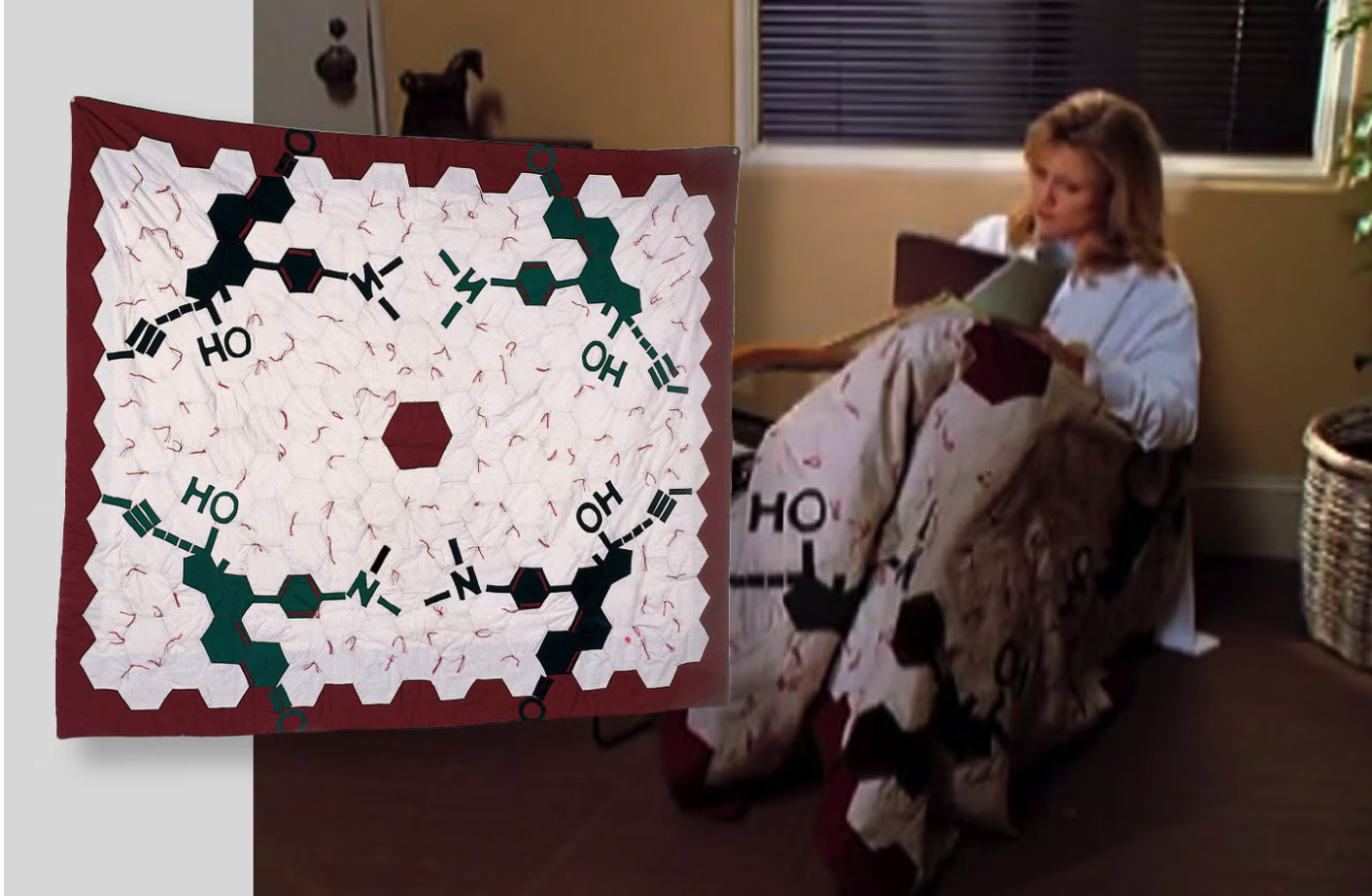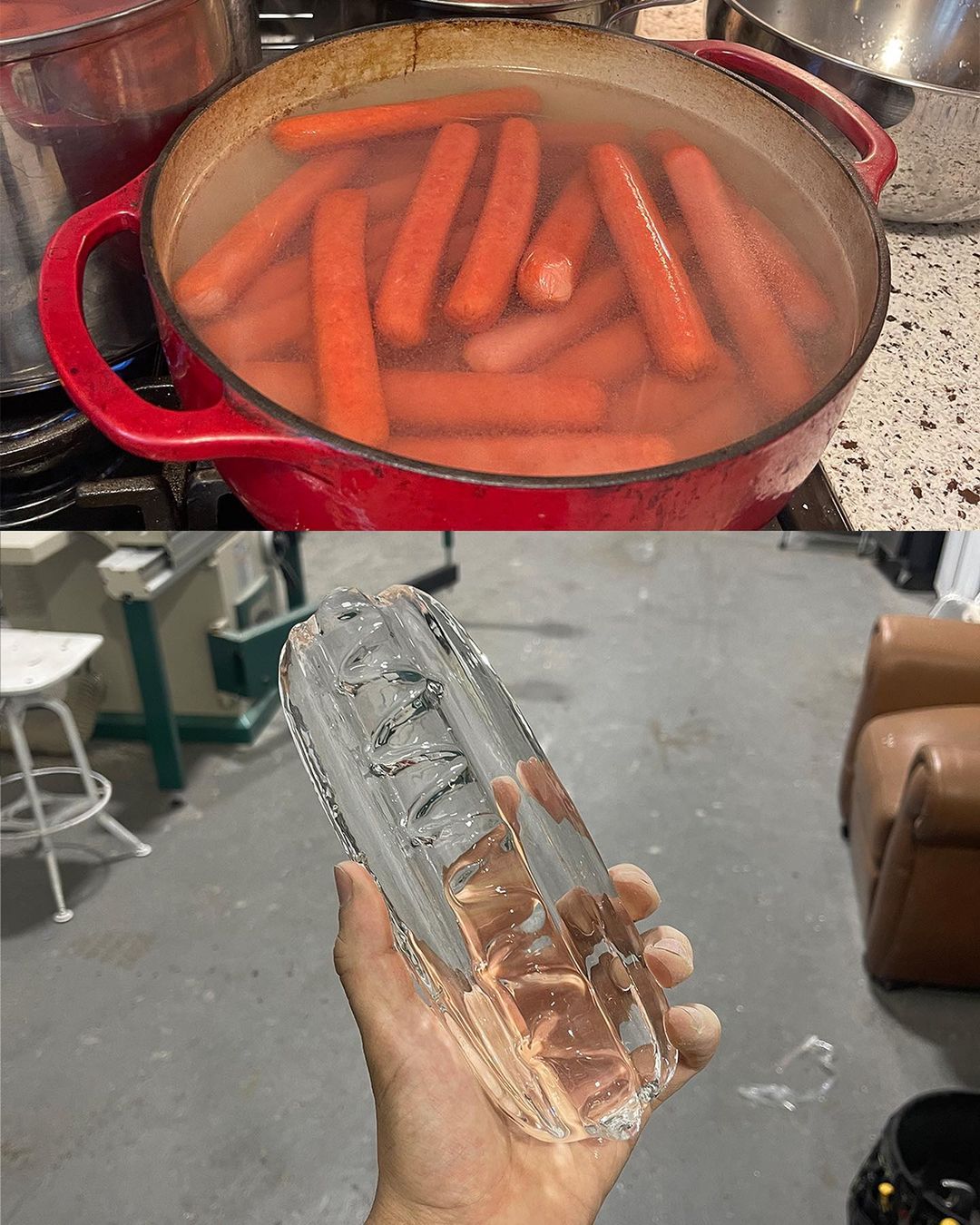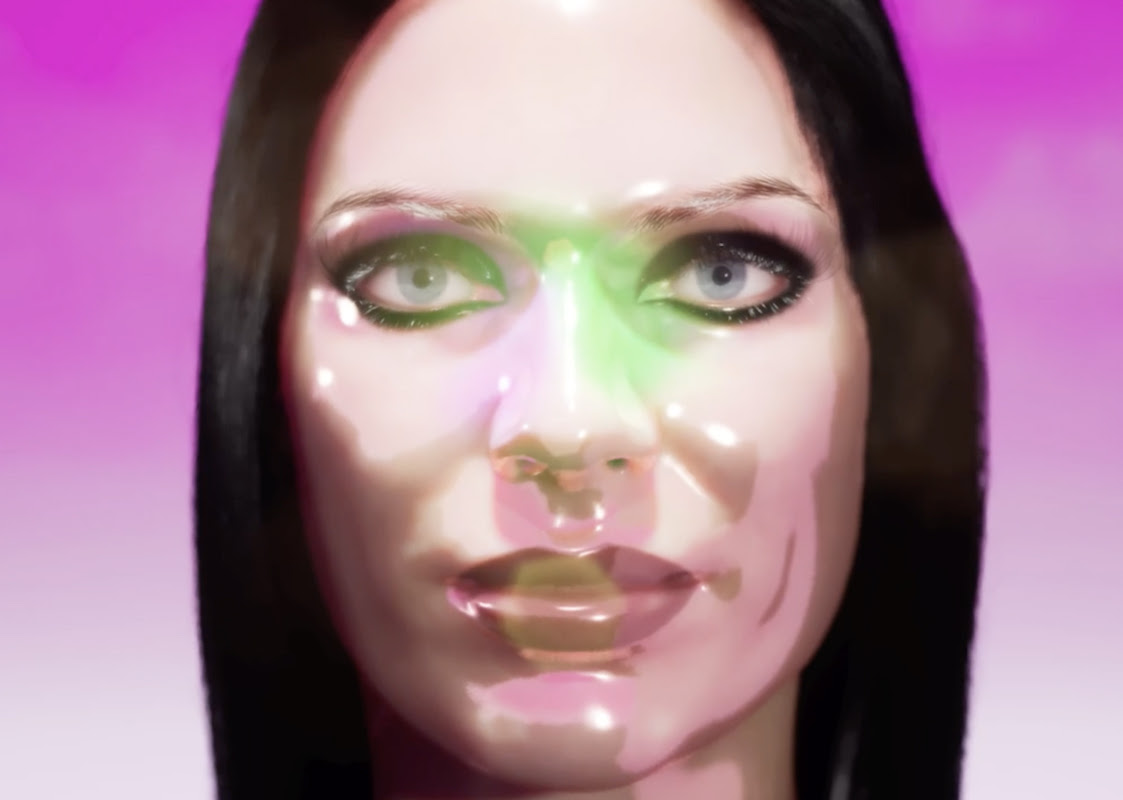
I recently visited the Electric Dreams exhibition in London and I got to see this incredible work by Suzanne Treister. I knew about it, but I had never seen the entire collection before. Do yourself a favour and discover the amazing Fictional Videogame Stills series here.



 William Anastasi,
William Anastasi, 





